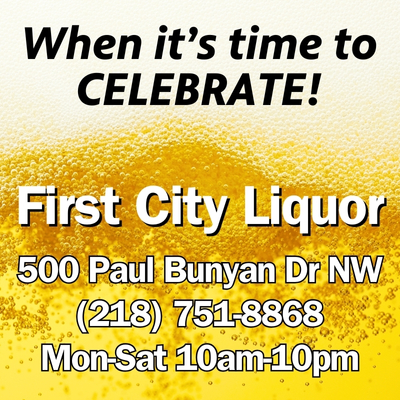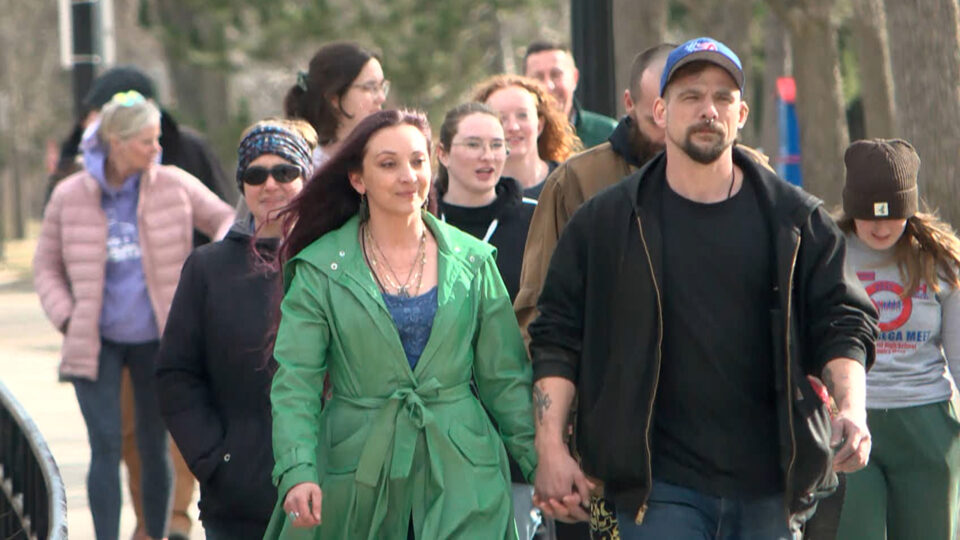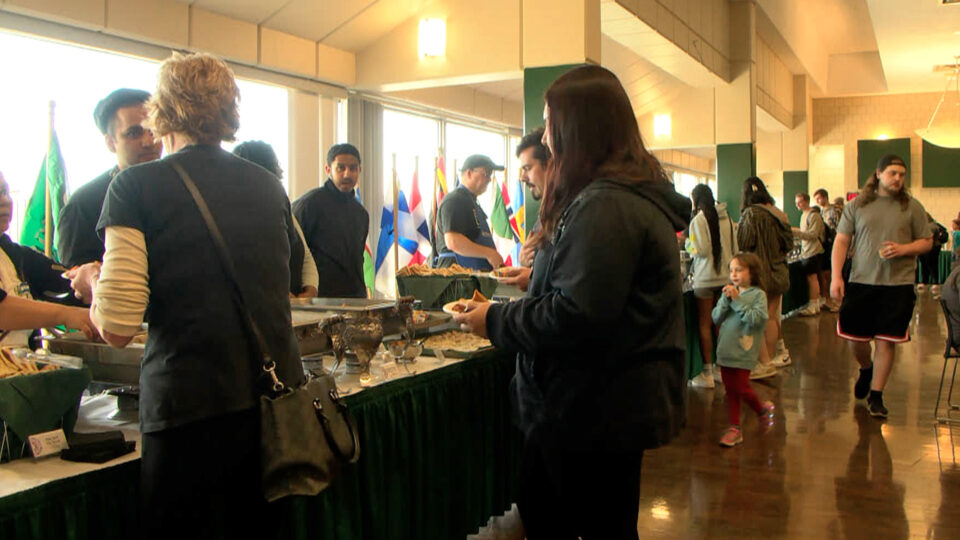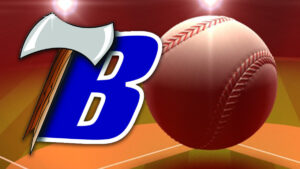Aug 17, 2017 | By: Sarah Winkelmann
Authorities Ease Border Crossings at Minnesota’s Northwest Angle
MINNEAPOLIS (AP) — Federal authorities are rolling out a pilot program to make border crossing easier for travelers to the northernmost point of the lower 48 states, Minnesota’s Northwest Angle. Reaching the far northern tip of Minnesota by land requires a trip through Canada, with a stop at an unstaffed U.S. Customs and Border Protection reporting station that’s little more than a phone booth. But anytime anglers and other vacationers set foot back in Canada, perhaps for a shore lunch on a Canadian island or to ice fish, they’re required to check in with U.S. Customs again. That often means a round trip of up to 16 miles (26 kilometers), sometimes over rough water or treacherous ice, even in the dark.
The new system, which got a soft launch at some Northwest Angle resorts last weekend, is designed to change all that. It’s expected to simplify formalities eventually at other remote points on the U.S.-Canadian border, too. Now visitors can simply use tablet computers loaded with a special app at participating resorts to answer a few questions and check in with a Customs agent via videoconference.
“The agent will give you a quick interview and send you on your way,” said Joe Henry, executive director of Lake of the Woods Tourism.
U.S. Rep. Collin Peterson, who represents the area, has worked with federal officials for years to simplify the process. He’ll be joined by CBP officials on Monday in the tiny community of Angle Inlet to formally launch the system.
“Lake of the Woods and the Northwest Angle resorts depend heavily on recreational tourism because of their world-class fishing. … I am hopeful this state-of-the-art reporting technology will make it easier for fishing enthusiasts and resort owners to comply with the law,” Peterson said in a statement.
Phase two of the program will eventually let travelers load the app onto their smartphones, saving a trip to a resort. For travelers who still find it convenient to check in at the “Outlying Area Reporting Stations,” a third phase will replace the current primitive sheds — basically sheds with phones — with climate-controlled buildings housing kiosks with the new technology.
Customs spokesman Jason Givens said if the pilot program is successful, the agency will consider expanding it to other locations in Minnesota, such as Crane Lake, and other northern states. Goat Haunt, Montana, in Glacier National Park, has been mentioned as a possibility, he said, but that will depend on the success of the pilot and the agency’s needs.
Henry said the system is expected to be a boon to a dozen resorts on the Angle. Getting there already takes a long trip, whether it’s by car via Canada or by boat or seaplane over U.S. waters. He said some travelers decide the extra formalities aren’t worth the hassle, no matter how good the fishing is. The new system will also make it much more convenient for visitors to explore the vast Canadian side of the sprawling lake and its thousands of islands.
The Northwest Angle is an accident of history from when the U.S.-Canadian border was set in 1783, with roots in a mapmaker’s error. It resulted in a patch of Minnesota sitting north of the 49th parallel, separated from the U.S. mainland by Lake of the Woods, sharing a land border only with Manitoba. Reaching it by land takes a drive of over 60 miles (100 kilometers) one way from the Minnesota town of Warroad, much of it by gravel roads.
Once motorists reach the Angle and re-enter the U.S., they have to check in via the OARS phone at a pull-off dubbed Jim’s Corner. It’s supposed to provide a videophone link to the Warroad port of entry, though Henry said the video portion hasn’t worked in years. Resort guests on islands to the east who need an OARS phone have to head several miles to Young’s Bay, the main harbor on the Angle mainland. Visitors who want to avoid customs formalities altogether also have the option of traveling directly to the Angle via boat, snowmobile, seaplane, ski plane or tracked vehicle, about a 40-mile (65-kilometer) trip across the lake.







